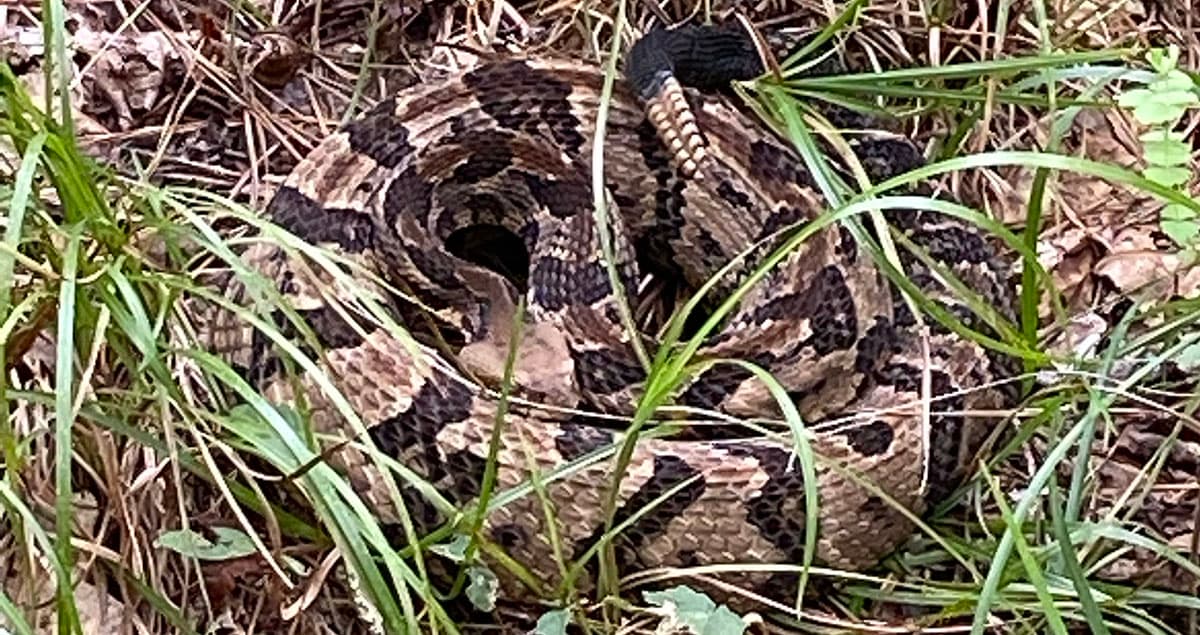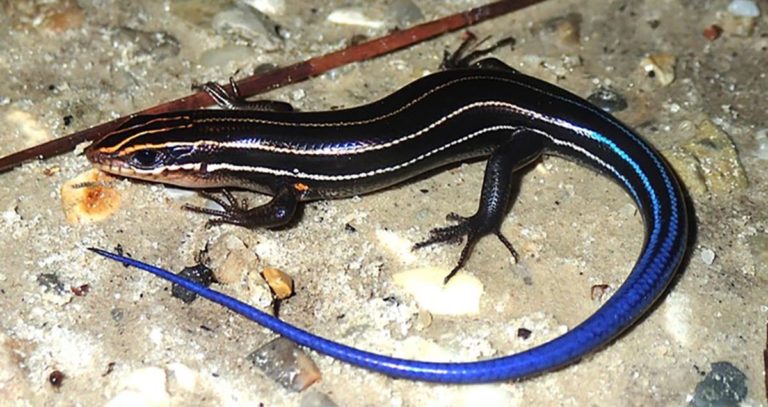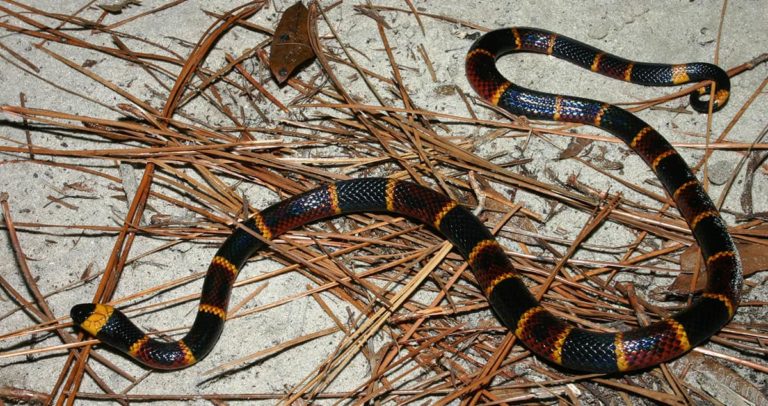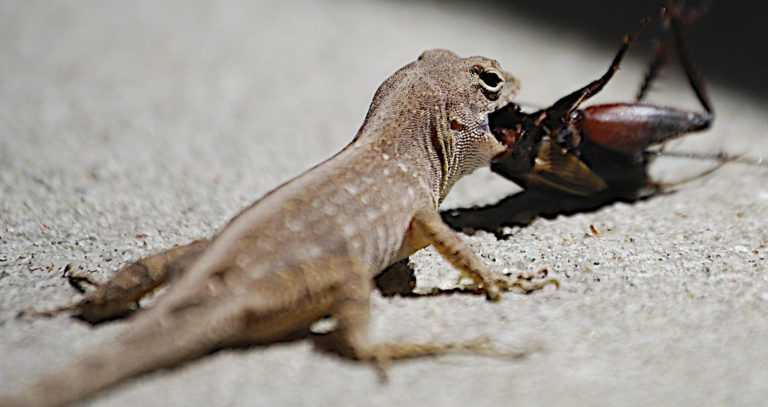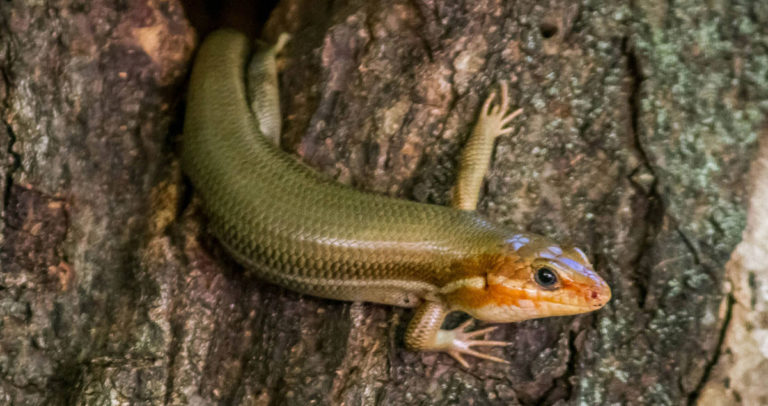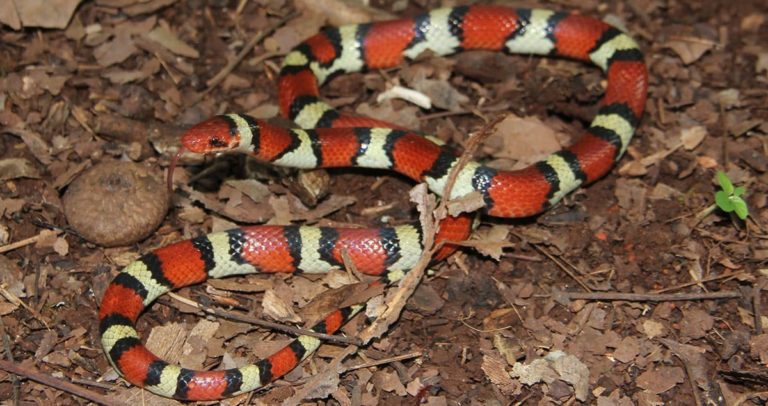Timber Rattlesnakes in Georgia: A Comprehensive Guide
The timber rattlesnake, known for its distinct rattle and striking patterns, is a remarkable yet misunderstood creature that forms a vital part of Georgia’s rich wildlife diversity. This article aims to provide a comprehensive understanding of this iconic reptile, discussing its biology, habitat, behavior, conservation status, and its coexistence with human populations in Georgia.
Identification
The timber rattlesnake (Crotalus horridus) belongs to the Viperidae family, which includes all but one of Georgia’s venomous snakes. Known for their distinctive rattle and impressive size, timber rattlesnakes can reach lengths of 3 to 5 feet. They possess a characteristic keeled scale, a coloration that ranges from yellow to black, and a pattern of dark bands or chevrons along their body.
The timber rattlesnake’s rattle, an unmistakable feature, is a series of interlocking keratin segments that create a buzzing sound when vibrated, serving as a warning to potential threats.
Distribution and Habitat
Timber rattlesnakes in Georgia are found in a variety of habitats, from lowland forests and wetlands to high elevation mountain regions. The common denominator in these habitats is a combination of ample basking spots and suitable denning sites for winter hibernation.
Their preferred habitats include deciduous forests, especially those with rocky outcrops, which provide ideal locations for their winter dens or hibernacula. They can also be found in swampy areas, river floodplains, and occasionally, the edges of suburban areas. Timber rattlesnakes are strong climbers and are often spotted in trees or shrubs, particularly when pursuing prey or seeking a basking spot.
Within Georgia, timber rattlesnakes have a widespread distribution. They are more prevalent in the mountainous regions of North Georgia, where the abundance of rocky terrain provides perfect denning sites. Sightings have also been reported in the Piedmont region, stretching into the upper parts of the Coastal Plain. However, their presence in southern Georgia is less common, likely due to a lack of suitable habitat.
It’s important to note that despite their widespread distribution, timber rattlesnakes are not frequently encountered due to their cryptic behavior and preference for undisturbed habitats. As such, their actual population sizes may be larger than estimates suggest.
Behavior and Lifestyle
Timber rattlesnakes are generally solitary creatures, with exception during the breeding season and communal hibernation in winter dens, known as hibernacula. They are ambush predators, patiently waiting for prey to come within striking distance before delivering a venomous bite.
Their diet primarily consists of small mammals like mice, squirrels, and rabbits. Reproduction occurs every two to three years, with females giving live birth to 4-14 young ones, which are born fully equipped with fangs and venom.
As predators, timber rattlesnakes play a critical role in controlling the population of rodents and other small mammals, maintaining balance in the ecosystem.
Venom and Its Implications
The timber rattlesnake’s venom is hemotoxic, damaging tissue and affecting the circulatory system by disrupting blood clotting. Despite their venomous nature, these snakes are not typically aggressive towards humans unless provoked or threatened.
However, a bite from a timber rattlesnake should be treated as a medical emergency and requires immediate medical attention. Antivenom is commonly used in the treatment, along with supportive measures to manage pain and prevent complications.
Conservation Status
The timber rattlesnake is currently listed as “Least Concern” by the IUCN Red List. However, their population is facing decline due to habitat loss, road mortality, indiscriminate killing due to fear, and illegal collection for the pet trade.
Conservation efforts are underway in Georgia, focusing on protecting their habitats, monitoring populations, and raising awareness about the ecological importance of these snakes. It is important for residents to report sightings to local wildlife authorities and avoid destructive behavior towards their habitats.
Co-existing with Timber Rattlesnakes
While encounters with timber rattlesnakes are not frequent, it’s essential to be prepared in case you cross paths with one. If you encounter a timber rattlesnake, maintain a safe
distance and allow it to move away on its own. Do not attempt to handle or provoke the snake; remember, they are more likely to attack when they feel threatened.
If you live in areas known for timber rattlesnake presence, ensure your yard and surrounding area is kept clean to discourage potential hiding spots. When hiking or working outdoors, wear thick boots and long pants for added protection.
Respecting these snakes and their habitats contributes to the preservation of Georgia’s ecological balance. Remember, these creatures play a vital role in controlling rodent populations, serving as a natural pest control.
Final Thoughts
Timber rattlesnakes, despite their fearsome reputation, are an important part of Georgia’s natural heritage. Knowledge and understanding are the keys to overcoming fear and misconceptions about these snakes. As we strive to co-exist peacefully with these fascinating creatures, recognizing their ecological importance and advocating for their conservation ensures that future generations will continue to marvel at their presence in the wild.
Frequently Asked Questions
What should I do if I’m bitten by a timber rattlesnake?
Immediate medical attention is crucial. While a timber rattlesnake bite is rarely fatal with proper treatment, their venom can cause severe symptoms.
Are timber rattlesnakes aggressive?
No, timber rattlesnakes are generally docile and prefer to avoid conflict. They will only strike if they feel threatened or provoked.
Can timber rattlesnakes climb trees?
Yes, timber rattlesnakes are capable climbers and may be found in trees or bushes, usually in pursuit of prey or sunning themselves.
How can I support timber rattlesnake conservation in Georgia?
You can help by avoiding potential snake habitats when participating in outdoor activities, respecting wildlife, and reporting any sightings to local wildlife authorities. Your actions can contribute significantly to the survival and well-being of these intriguing creatures.
